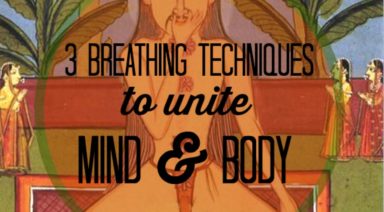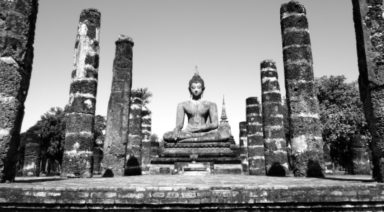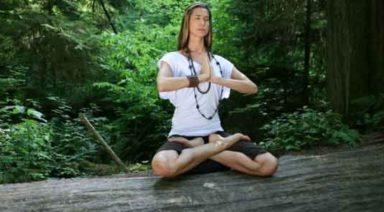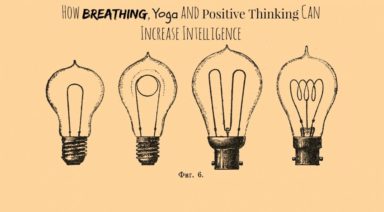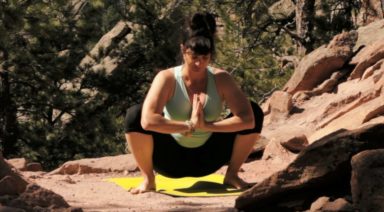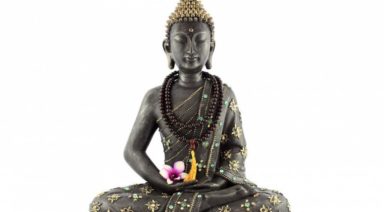Which Type of Meditation Style Is Best for You?

Meditation encompasses a wide variety of practices aimed at quieting the mind and promoting awareness. While it may appear as simple as sitting silently, truly committing to a regular meditation routine can be challenging, especially when daily stressors, distractions, or discomfort arise. But it doesn’t have to feel intimidating.
The benefits of meditation are scientifically proven: it supports mental health by reducing stress and anxiety, helps lower blood pressure, improves overall well-being, and promotes a deep sense of inner peace. It’s even been shown to help manage chronic pain. At its core, meditation is a personal journey, and success comes from finding a meditation style that aligns with your individual needs and spirit.
There are many different styles of meditation—from mantra-based techniques to breathing exercises to movement-based practices. Each approach offers something unique, and exploring the various kinds of meditation can help you discover the one that best fits your life. The most important part? Show up. Be consistent. And allow yourself the space to grow through your meditation practice.
There’s no one-size-fits-all method. The best meditation style is the one that supports your goals and gives you a true sense of peace.
What Are the Three Major Types of Meditation?
Although there are many styles of meditation, most fall into three primary categories:
- Focused Attention Meditation – concentrates on a single object or sensation, such as breath or a mantra
- Open Monitoring Meditation – involves non-judgmental awareness of thoughts, sensations, or surroundings (e.g., mindfulness-based or body scan)
- Automatic Self-Transcending – allows the mind to settle inward effortlessly beyond thought, using techniques like transcendental meditation to access deeper levels of awareness without concentration or control
Understanding these broad categories can help you choose a meditation style that best supports your goals and preferences.
The 9 Most Popular Types of Meditation
These meditation styles are widely practiced for their accessibility, benefits, and variety:
- Focused Meditation
- Spiritual Meditation
- Mantra Meditation
- Transcendental Meditation (TM)
- Movement Meditation
- Mindfulness Meditation
- Progressive Relaxation
- Loving-Kindness Meditation (Metta Meditation)
- Visualization Meditation
Each type of meditation offers unique wellness benefits—from stress reduction to improved mental clarity and emotional balance.
Types of Meditation: Find the One That Fits Your Soul
Before beginning your meditation journey, ask yourself a few helpful questions:
- Do I relax best in silence or with sound?
- Does movement help me focus?
- Do I want to clear my mind or reflect deeply?
- Am I looking for structure or flexibility?
These simple reflections can help you identify the meditation style that works best for your lifestyle and mindset. And if you’re unsure, try a few different types of meditation practices and see which one feels most natural.
Focused Meditation
Who Should Try It: Great for beginners and anyone whose mind wanders often.
Focused meditation involves directing attention to a single object, such as deep breathing, a flickering candle, or a mantra. This form of meditation helps bring your awareness back to the present moment and is one of the best meditation techniques for learning how to concentrate and center the mind.
Spiritual Meditation
Who Should Try It: Individuals on a spiritual path or seeking deeper connection.
Spiritual meditation allows for introspection, contemplation, and communion with a higher power. Whether practiced in a place of worship or a quiet room at home, this style helps foster inner peace and emotional clarity through stillness and openness.
Mantra Meditation
Who Should Try It: People who find peace in repetition or sound.
This technique uses a repeated phrase, sound, or word (like “Om”) to focus the mind and promote calm. Mantra meditation is commonly used in Buddhist and Hindu traditions, offering a rhythmic anchor that eases anxiety and boosts concentration.
Transcendental Meditation (TM)
Who Should Try It: People looking for a structured and time-tested meditation program.
Transcendental Meditation (TM) is a highly structured practice where a certified teacher assigns you a personalized Sanskrit mantra. Practiced twice daily for 20 minutes, TM has been extensively studied for its health benefits and is one of the most popular meditation styles in the world.
Movement Meditation
Who Should Try It: Anyone who finds stillness uncomfortable or who seeks mindfulness through activity.
Whether it’s walking meditation, yoga, qigong, or mindful cleaning, this meditation style uses gentle, intentional movement to foster awareness and focus. It’s ideal for those who connect with their bodies through motion.
Mindfulness Meditation
Who Should Try It: Individuals looking to build an ongoing, self-guided meditation practice.
Rooted in Buddhist traditions, mindfulness meditation encourages non-judgmental observation of thoughts, physical sensations, and emotions. It supports stress reduction, mental clarity, and greater self-awareness through daily mindfulness practice.
Progressive Relaxation
Who Should Try It: People who carry physical tension or struggle with sleep.
Also known as body scan meditation, this technique involves tensing and relaxing muscle groups one by one. It’s a favorite for winding down before bed or easing into a meditation session after a busy day.
Loving-Kindness Meditation (Metta Meditation)
Who Should Try It: Those seeking emotional healing, compassion, or stronger relationships.
This form of meditation invites you to send positive wishes first to yourself, then to loved ones, and eventually to all beings. It’s been shown to improve emotional well-being and reduce feelings of anger, anxiety, and depression.
Visualization Meditation
Who Should Try It: People with vivid imaginations or those motivated by goals and imagery.
Visualization meditation uses mental imagery, such as a peaceful landscape or personal success, to guide focus and emotion. It’s often used by athletes, performers, and anyone looking to tap into the power of the mind for growth and healing.
How to Choose the Best Meditation Style for You
With so many different types of meditation available, how do you choose? The answer lies in trying a few and seeing what resonates. Whether you’re drawn to the mental clarity of focused meditation, the structure of transcendental meditation, or the heart-opening energy of loving-kindness meditation, the right choice is the one that supports your personal goals and feels natural to practice.
Ready to Practice? Find Your Meditation Style and Get Started Today
Meditation isn’t about being perfect—it’s about being present. Each session is a step toward greater peace, awareness, and wellness. Explore the styles that call to you, find a meditation teacher or guided practice if needed, and allow yourself to grow with it.
Start with just a few minutes a day. Breathe deeply. And let your meditation work for you.
7 Ways to Ease Into Meditation
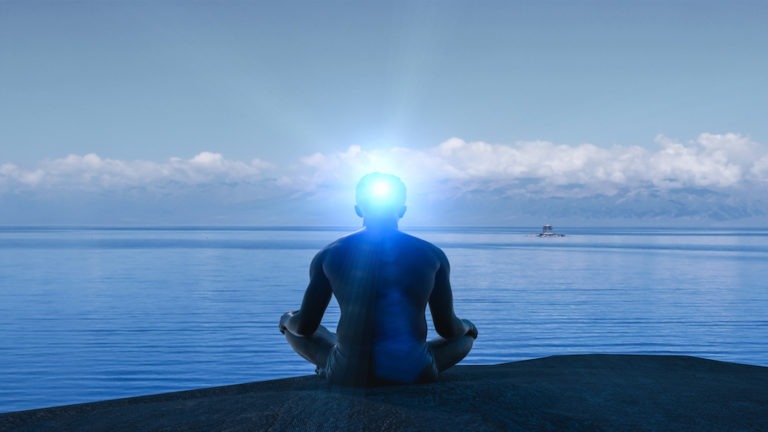
Meditation is for everyone: monks in Tibet, yogis, corporate lawyers, gardeners, the rich, poor, young, and old. We may all approach life differently but in meditation, we are all doing the same thing: quieting the mind and looking within. In a society where information is so readily available, we often look to other sources for opinions and advice. It’s more important than ever to make meditation a priority. Our bodies and minds are our greatest compasses in life. They will always tell us if something we are doing is good for us or not; we just have to stop for a moment to look, feel, and listen from within.
Enter the Here & Now Through Meditation
Whether you’re looking to cultivate more authenticity, increase happiness, improve relationships, or reduce stress, all of these things are accessible to you through the practice of meditation.
Sign up for Here & Now: A Beginner’s Guide to Meditation and fundamentally change your life.
Here are 7 Ways to Ease Into a Meditation Practice:
1. Give yourself some “soft time” before meditation
Often, the moment you try to quiet the mind it will wander in a thousand different directions. “I forgot to do this today… the kids have a big test tomorrow…my husband forgot to take out the trash…there is a sale at the grocery store…I don’t have time to sit here doing nothing…” Give yourself a few minutes to let the mind do this and then ask it to quiet down. Truly ask it; it’s usually responsive.
2. Compose a to-do list
If after letting your mind wander and asking it to quiet down, you are still unable to reach a place of stillness, write those pesky things down, and acknowledge them. Sometimes that’s all thoughts need— acknowledgment.
3. Start a ritual
Meditation can be done anywhere at any time. It can be done in the middle of the subway during rush hour or in the middle of a meeting with your boss (I don’t recommend the latter). I’ve found, though, that training the mind to quiet down in a specific setting prepares it to settle down with less effort. Light candles have chamomile tea, take a bubble bath. Signal to your mind that it’s time to relax.
4. Learn to observe
We are not our thoughts. We have our thoughts. Try to detach yourself and simply watch them go by. View them in a cloud or a bubble and allow them to float away.
5. Focus on the breath
I know, you have heard this a million times. But it works! The best lesson I received in meditation is to focus on the pause between inhales and exhales. The four stages of breath give the mind something to focus on and connect us to our life force. You can focus on the breath and reduce your stress in just 15 minutes with Seize the Day! prior to even leaving the house. It’s lovely.
6. Do yoga
Yoga flows can become a moving meditation. Yin yoga can bring your mind and body into stillness. Kundalini can prepare the breath. Any type of yoga can open the mind and body to meditation. You can’t lose.
7. Think Positive Thoughts
Finally, if you’re having a crazy day and can’t get your mind to settle down, it’s OK. Think positive thoughts. There are days when meditation is easy, days when it takes a little longer to become still, and days when it just doesn’t want to happen. I used to become annoyed with myself if I couldn’t stop the endlessness of my thoughts, but that defeats the purpose. On those days, I ask my mind to come up with as many positive words as it can. Joy, peace, serenity, gratitude, etc. After even just a few minutes of doing this, I guarantee you will be in a calm, peaceful place.













